Affiliate links on Android Authority may earn us a commission. Learn more.
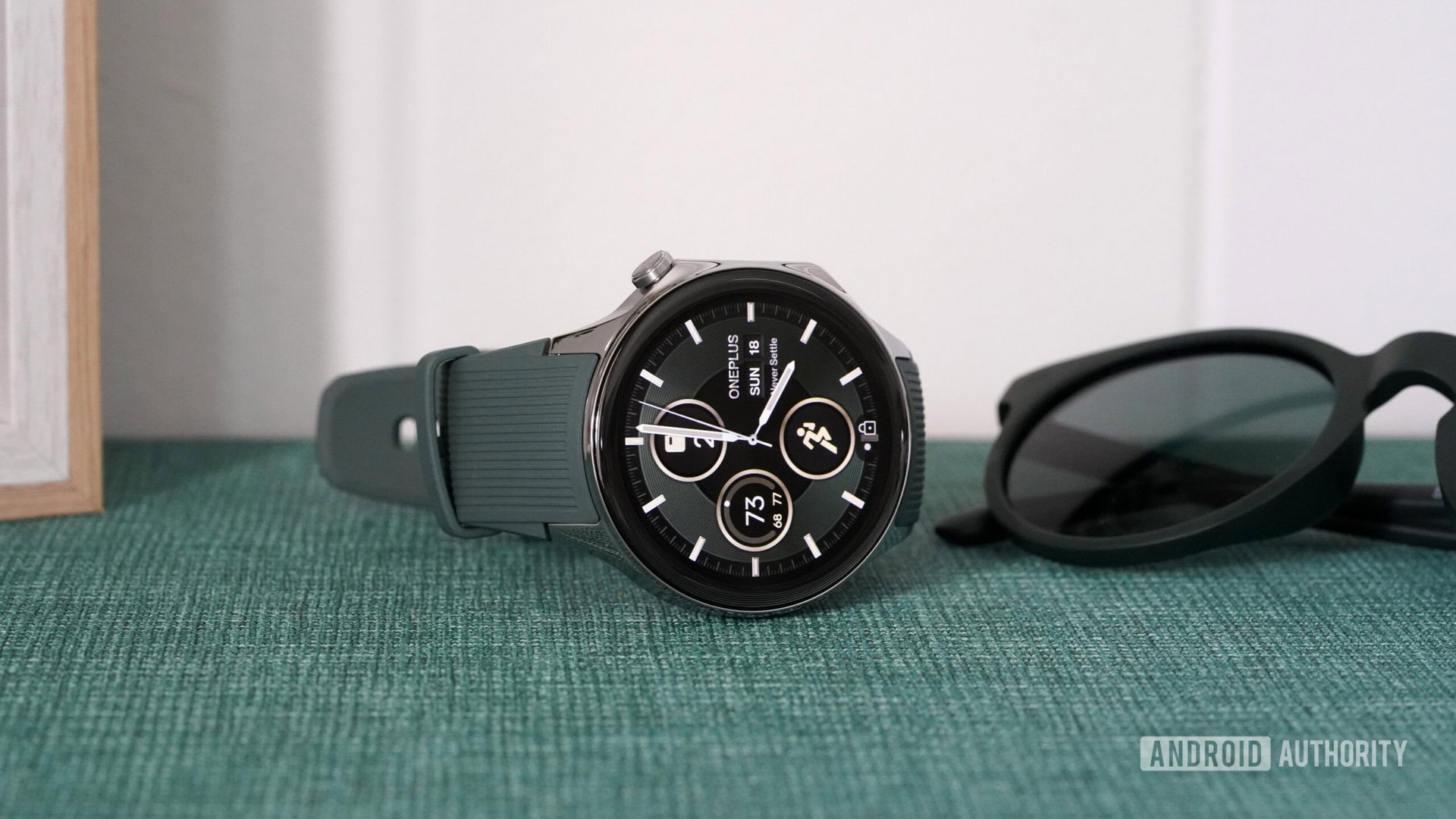
OnePlus Watch 2
What we like
What we don't like
OnePlus Watch 2
A newer player in the Wear OS field, the OnePlus Watch 2 packs dual-OS and boasts impressive battery life. But can the device contend with the market’s current leaders? Find out in this OnePlus Watch 2 review.
OnePlus Watch 2 review: At a glance
- What is it? The OnePlus Watch 2 is the company's second-generation smartwatch and the first OnePlus wearable to feature the Wear OS platform. Still a capable fitness tracker, the device adds considerably more smart features, including access to the Google Play Store. It also features a dual-engine architecture with two chipsets working concurrently to deliver multi-day battery life.
- What is the price? The OnePlus Watch 2 is priced at $299.99 in the US or CAD 399.99.
- Where can you buy it? Shoppers can purchase the OnePlus Watch 2 now from OnePlus.com or Amazon.
- How did we test it? I tested the OnePlus Watch 2 for one week. The review unit was supplied by OnePlus.
- Is it worth it? The OnePlus Watch 2 has some impressive stats and is a monumental leap over its underbaked first outing in the smartwatch space. It launches with Wear OS 4 out of the box. It also packs stellar battery life with a giant cell and creative internal architecture. Yet it's not perfect. The single-sized design is clunky, key stats are hit-and-miss, and the digital crown doesn't function as expected. It's not yet the right fitness companion for serious athletes, but if you value battery for long workouts, sleep tracking, and general convenience, it's a solid buy.
Update, August 2024: Updated text to reflect the launch of the budget-friendly OnePlus Watch 2R as well as Wear OS 5-touting alternatives now available within the smartwatch market.
What I like about the OnePlus Watch 2
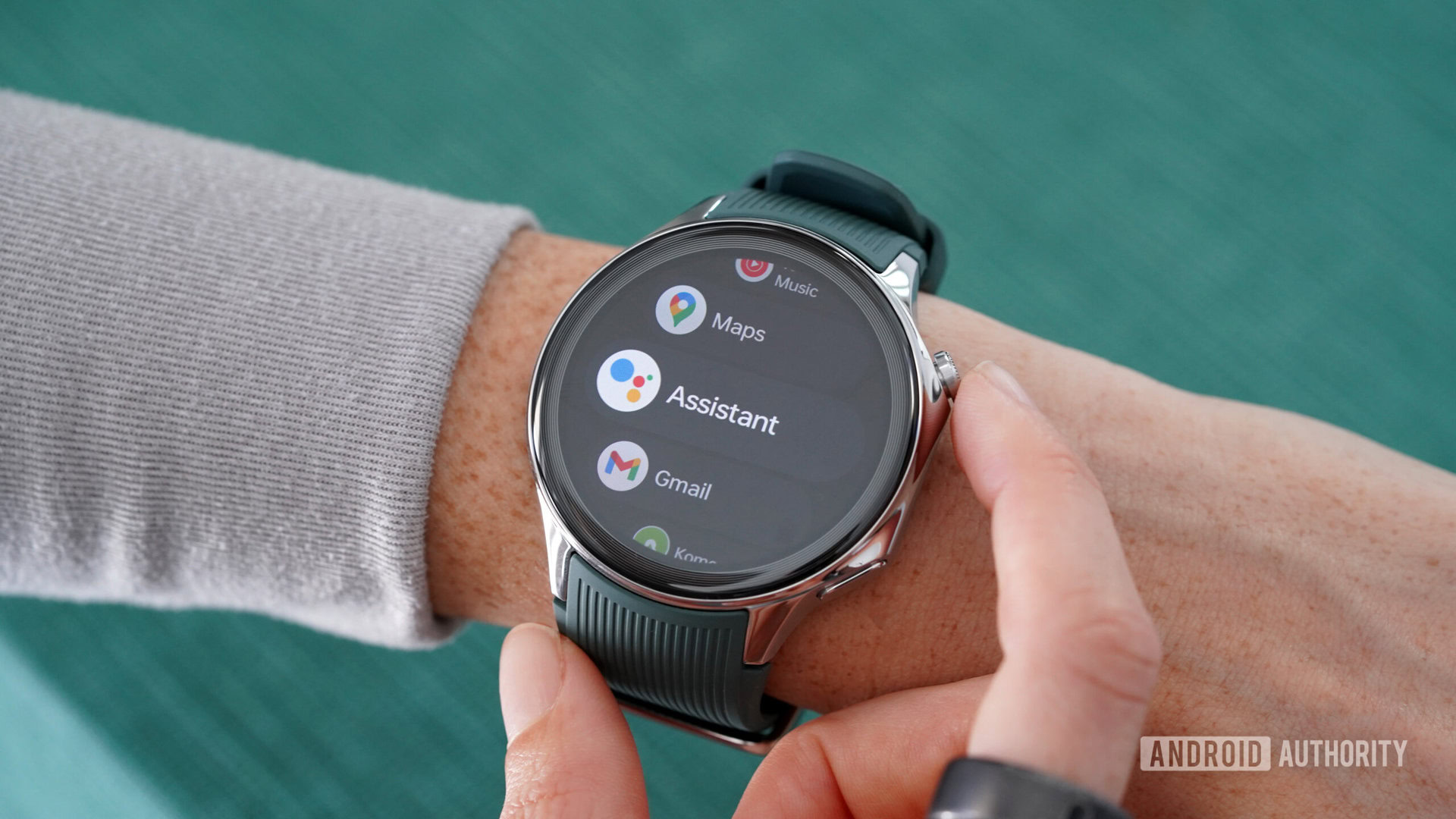
I am always stoked to see a new challenger enter the scene. Competition breeds innovation, so I love that the OnePlus Watch 2 now runs on Google’s Wear OS platform. The device ships with Wear OS 4 out of the box (which was the latest software at launch time) and will hopefully be eligible for and update to the new Wear OS 5 software in the coming months. The device lands with its best foot forward. Historically, Wear OS rollouts have been nothing short of a colossal mess, with some devices waiting more than a year for promised updates. The most assured way to see lines like the Galaxy Watch and Pixel Watch keep pushing the envelope is for other brands to throw their hats into the Wear OS arena.
Beyond its market impact, Wear OS on the device is a major upgrade to the user experience, especially compared to the previous generation. The underbaked OnePlus Watch offered users a fitness tracking toolkit but very little in the way of smart tools. The newest generation packs all the best of Google, including Wallet, Maps, Calendar, and Gmail, plus the Google Play Store for tapping into third-party offerings. It also introduces a voice assistant for the first time, with Google Assistant ready at the tap of a button. These tools make the accessory significantly more well-rounded and wedge the company firmly into the smartwatch conversation.
The OnePlus Watch 2 landed with Wear OS 4 on board, and will hopefully be eligible for and update to the latest software down the line.
In short, it’s an excellent example of a Wear OS watch. Scrolling tiles, opening apps, and activating Google Assistant all respond as expected. However, Wear OS isn’t the only operating system on board the OnePlus Watch 2. The device actually packs two chipsets, the Snap W5 gen 1 running Wear OS 4, and a second “efficiency chipset,” BES2700, running RTOS, which handles background activity and a few other tasks like calls and notifications. This dual-architecture, hybrid-systems design is a showstopping way for OnePlus to enter the Wear OS family. The result is a dynamic user experience with distinctive battery-saving capabilities.
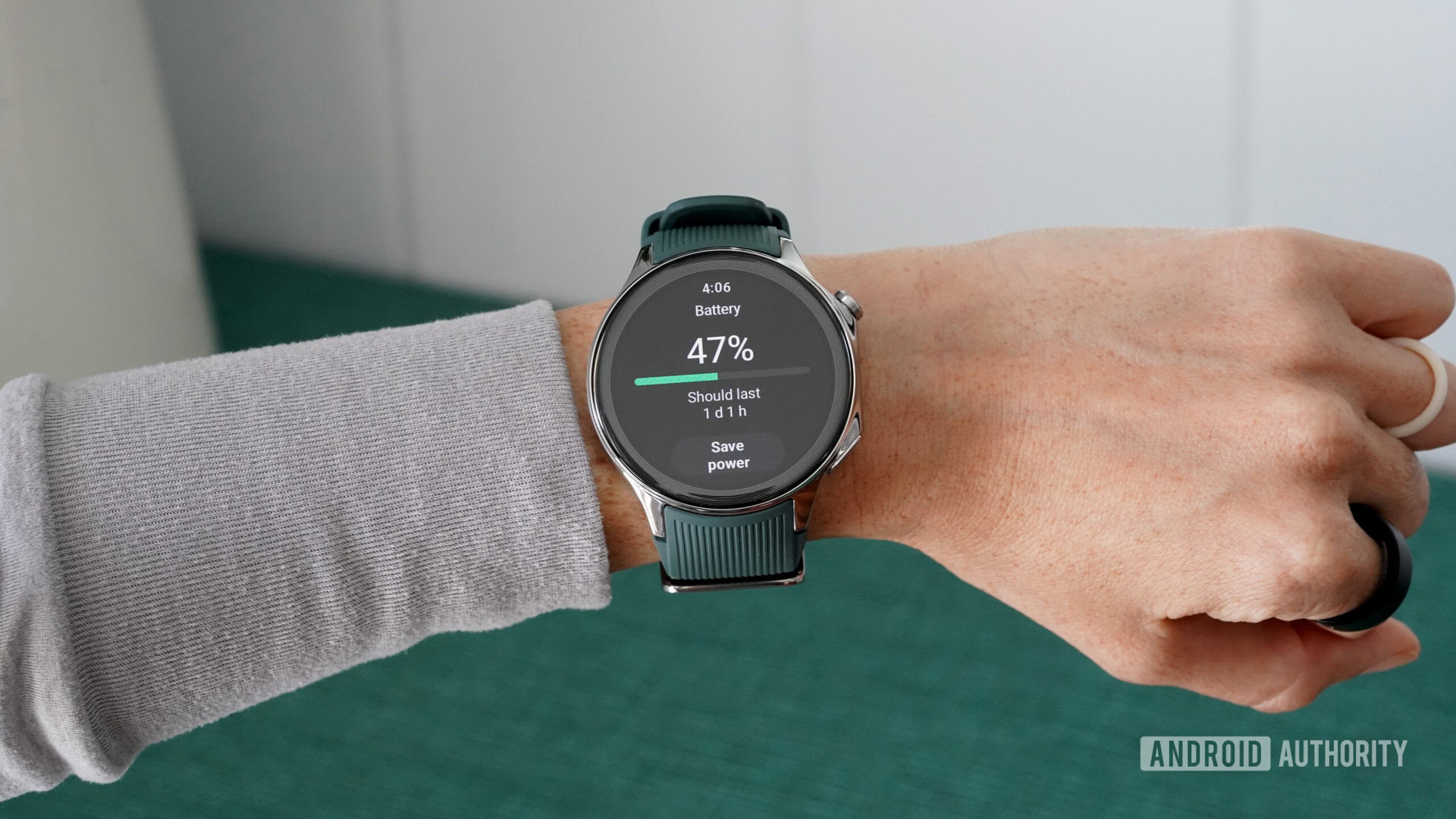
In my humble opinion, battery life is where the OnePlus Watch 2 shines brightest. Thanks to its double agent status with two operating systems, it can be used in two unique modes: Smart mode or Battery Saver. In Smart mode, users can access the device’s full capabilities, including all Google apps and Wear OS features. The company claims up to 100 hours of battery life in this mode or up to 48 hours with heavy use.
During this review, the watch lasted about 53 hours on a single charge with always-on display and advanced health features enabled, three hours of GPS-tracked workouts, three indoor workouts, two nights of sleep tracking, and regular notifications/usage. This is significantly better than the battery life claim of the Google Pixel Watch 3 and even almost matches the performance of Samsung’s Galaxy Watch Ultra, the company’s top offering for battery life. Granted, the OnePlus Watch 2 packs a truly massive 500mAh cell.
The OnePlus Watch 2's battery life is fantastic by smartwatch standards, and clever modes allow users to stretch their use even further.
When the watch hits 10% battery life, it automatically drops into Battery Saver mode. Here, Wear OS essentially disappears, leaving users with a bare-bones device. Google and third-party apps are inaccessible, as are non-native watch faces, and the always-on display is no longer an option. You can still use most health and fitness functions. However, you’ll only find access to eleven of the hundred-plus workout types present in Smart mode. You can also still receive most notifications and use staple tools like alarms and timers, but essentially, your experience is considerably pared down for the battery savings. The payoff is up to 12 days of use between charges, an impressive spec on a smartwatch.
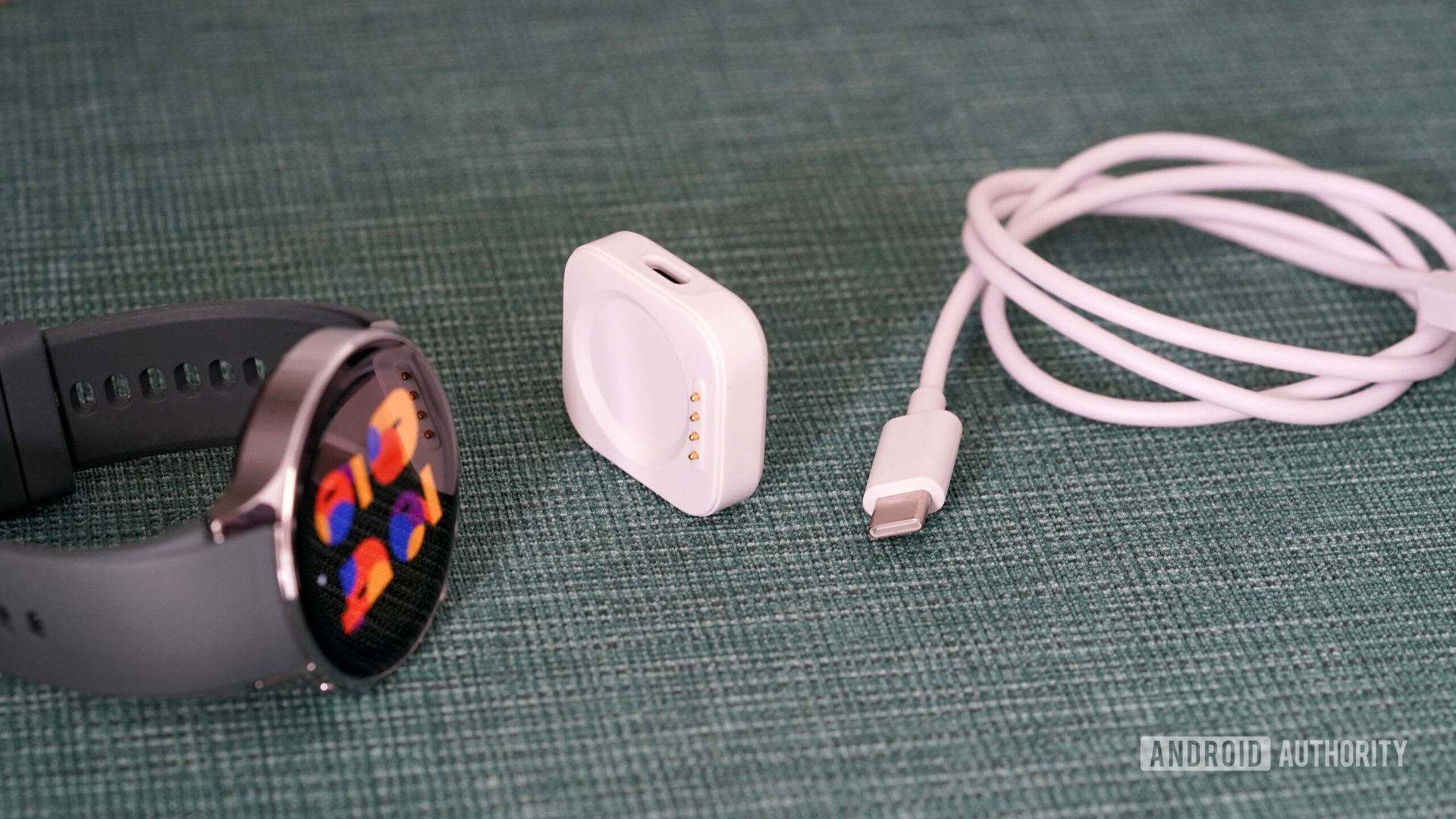
When it was time to top up, the OnePlus Watch 2 continued to show off with fast charging capabilities that pleasantly surprised me. I wish the watch would lay flat while charging rather than flopping over, but luckily, the magnetic pins are strong enough to maintain a connection. Charging the device from 0 to 100% took just over 50 minutes. In 15 minutes, it went from zero to 36%, plenty of power for sleep tracking. A solid 30 minutes on the charger took the watch from 0 to 76%, and after 45 minutes, it was already at 97%.
In light of how long the watch lasts on each charge, this speed makes the device a very convenient daily-use companion. At no point during the review was I caught unprepared with a nearly drained device, which typically happens when using a new wearable excessively to try out features.
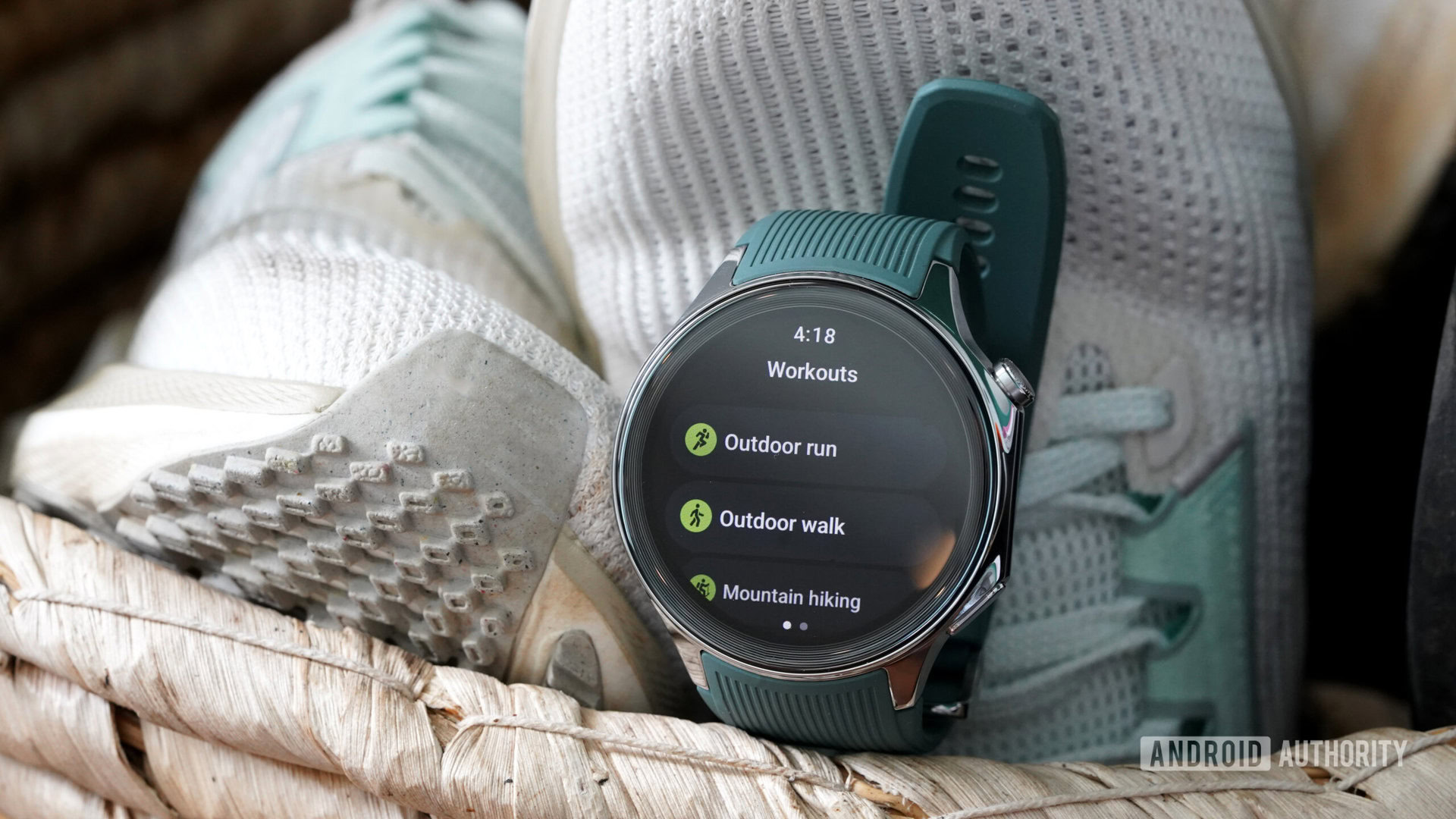
To be clear, there were plenty of features to test. The watch offers nearly all the basic tools shoppers have come to expect on a smartwatch, including everything brought to the experience via Wear OS and a wide range of health and fitness tools. The watch boasts over 100 activity modes and even provides professional stats for the most popular sports, such as running.
Some workout screens are customizable so users can keep priority data at a glance as they train. For example, runners can view everything from vertical oscillation to ground contact time. Personally, I am a complete sucker for color-coded heart rate zones, a growing trend on many wearables. On this device, these zones are displayed along the rim of each workout screen so I can watch my heart rate elevate alarmingly fast on hills that are entirely too small and on runs that are entirely too slow. Motivation.
What I don’t like about the OnePlus Watch 2
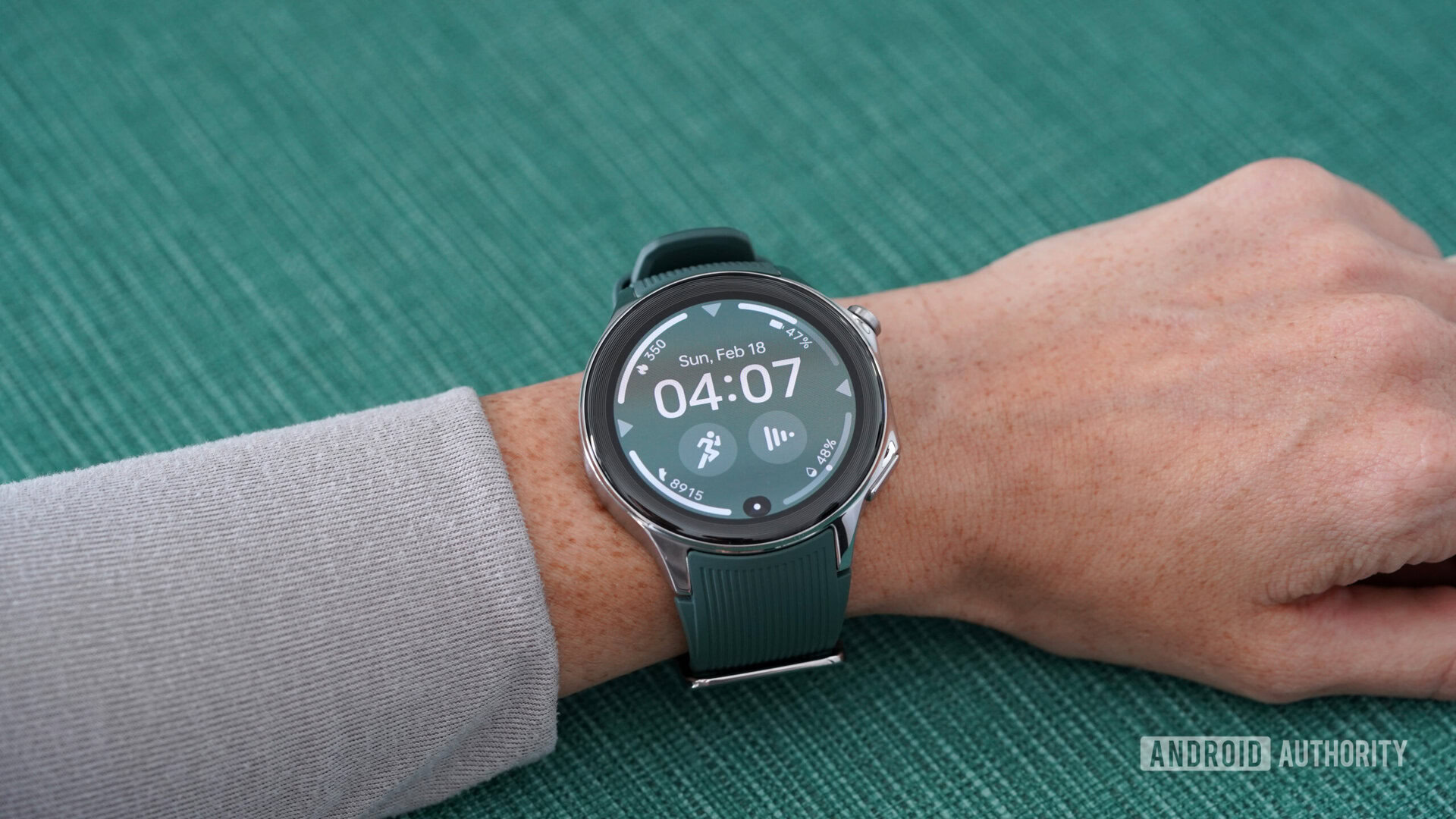
I don’t expect any brand to quietly arrive at the Wear OS party. It takes a statement to get a second look from Samsung loyalists or to compete with the pure experience found on the Pixel Watch line. However, dropping a device with the sheer size of the OnePlus Watch 2 is not the statement to make. A whopping 47mm, the watch is only available in a single bloated case size. I know I have scraggly arms, but these limbs have worn the hulking Apple Watch Ultra without hesitation and rocked a beefy Galaxy Watch 5 Pro without fear.
The OnePlus 2 feels big, looks big, and doesn’t even utilize the space well. Because of its oversized bezels, the actual display is only 1.46 inches, smaller than both models of the Galaxy Watch 6 series. It also shares the Galaxy Watch 5 Pro’s unfortunate lug design, leaving my wrist with a gaping hole between my skin and the band. According to the company, the design is inspired by luxury cars, which I can only assume is their justification for the bulbous, asymmetrical side with the straight edge. To me, it’s giving “high-end stopwatch” vibes, reminiscent of the one my high school coach used to wave in our faces when our mile times weren’t up to snuff. But maybe I just don’t understand the glamour of expensive automobiles.
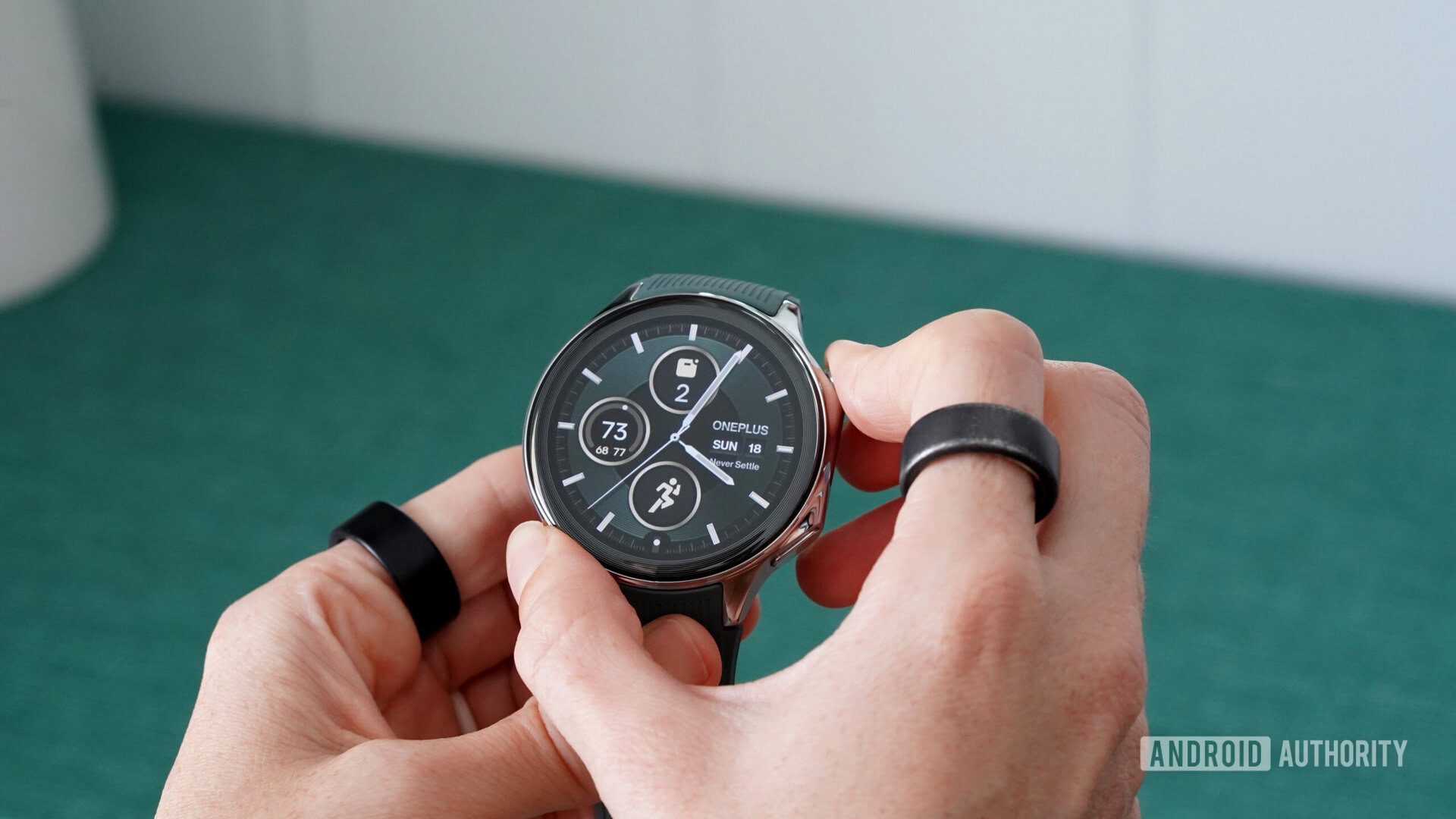
What is truly unforgivable (and cannot possibly be dismissed as subjective) is the non-functional rotating crown. I had read about this decision prior to actually getting my hands on the device, and I have to say, it’s even more annoying than I anticipated. To be clear, the dial does, in fact, spin, but the action amounts to nothing. It can only be used as a button (albeit a pretty one). I’m sure you’d get used to it, but coming from an Apple Watch and months after the launch of the Galaxy Watch 6 Classic, I try to use its nonexistent functionality at least ten times a day. I also don’t love the hard-angle placement of the second button, but I could definitely be getting picky at this point.
Beyond its abrasive bulkiness, the worst part of the device's design is its non-functioning rotating crown.
The good news is that both buttons are customizable, so you can set short and long presses to complete actions that make the most sense for your personal use. For example, by default, the bottom button opens the workout app, which may not be a priority for all users. The watch’s control panel, accessed by swiping down from the watch face, is not customizable.
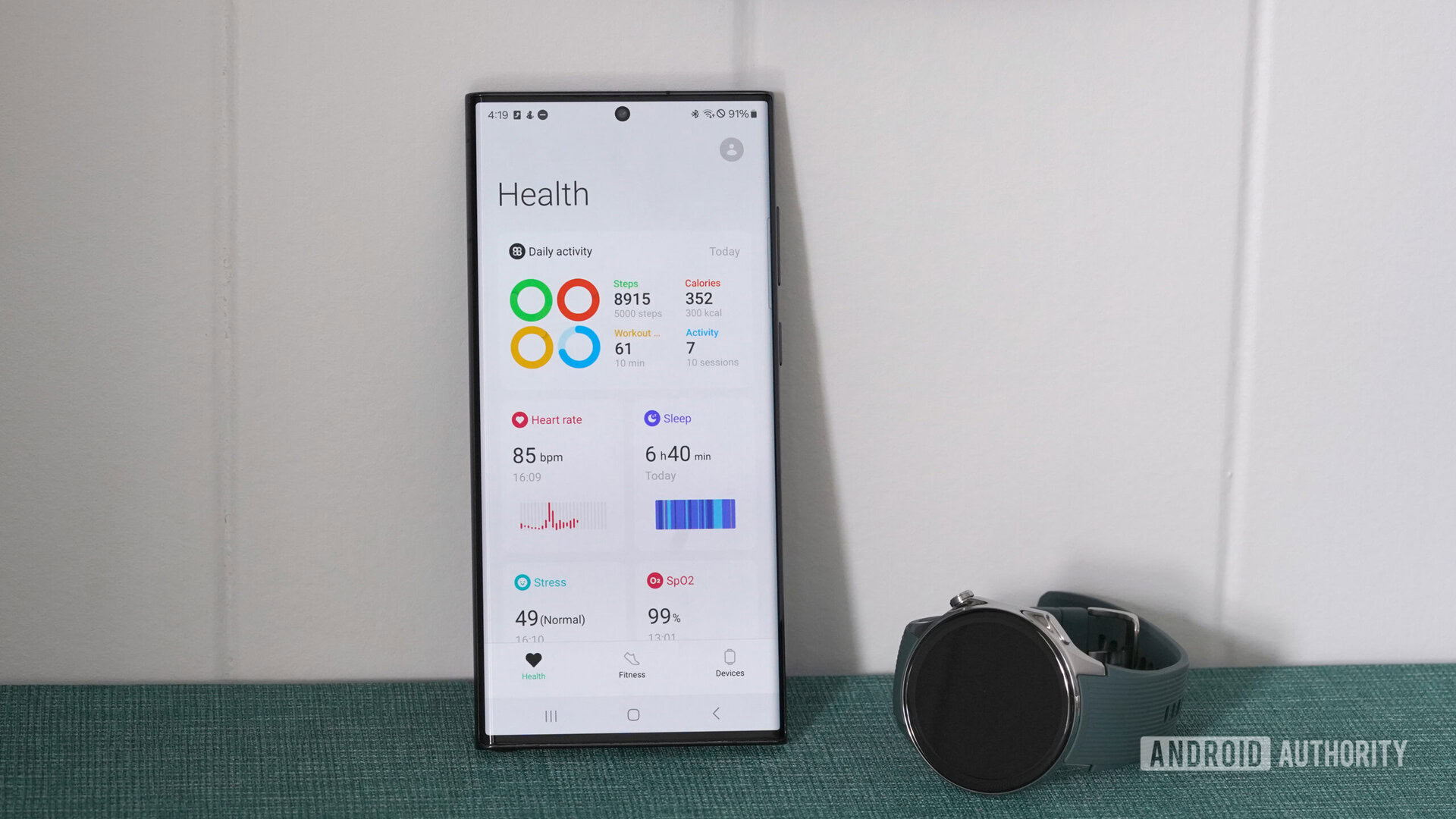
Unfortunately, the design flaws don’t stop at the watch itself, as the OHealth app also leaves a bit to be desired. Unlike Apple, Google, and Samsung, each of which has separate apps for setting up your device and checking wellness stat, the OHealth app is a one-stop shop. From here, users can review their health and fitness data, track a walk or run, or access the settings menu for their devices. Unfortunately, the app is simply too minimalist.
On the settings front, its most prominent function is managing your watch faces, and there frankly isn’t enough variety in the native option library. Most echo the sporty grandeur assigned to the watch’s overall aesthetic. If you want something especially playful or a sleek, traditional analog face, you’ll need to shop available Wear OS watch faces in the Google Play Store.
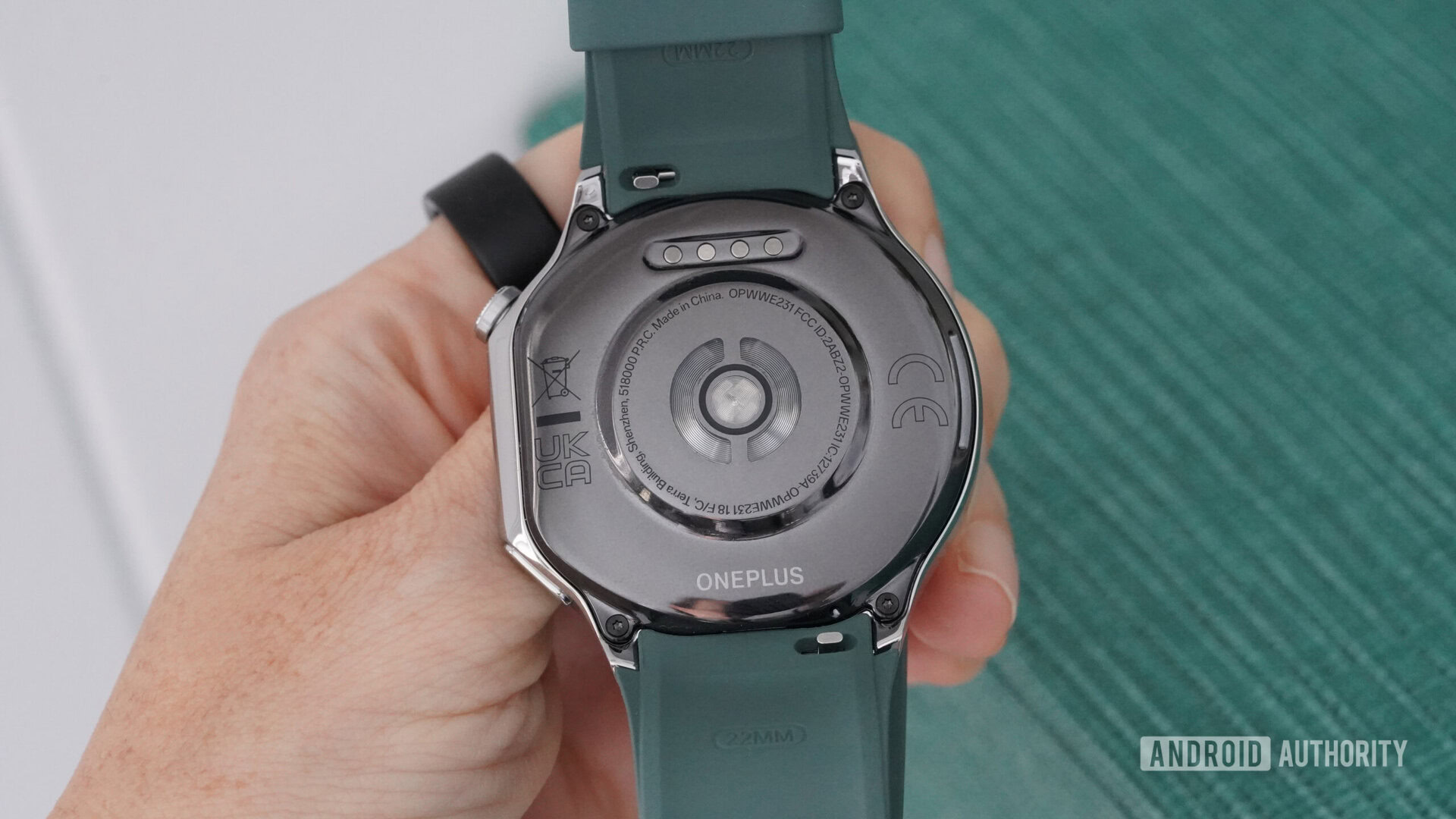
On the health side of the app, it is missing industry-level details and lacks depth or actionable insights. This would be less distressing if the stats you do find were consistently accurate. Throughout this review, I ran into numerous discrepancies compared to other wearables. Starting with the most basic, my step counts were markedly different than every other device I tested against. Likewise, the watch measured my sleep as an average of 25 minutes longer than my Oura Ring 3, a reliable overnight tracker. Notably, another AA reviewer had more reliable sleep results on their unit, but it could be that they don’t wake up as often throughout the night.
Health and fitness metrics aren't as reliable as I'd hope to see on a smartwatch at this price point.
Though my resting heart rate aligned with my chest strap, it was less accurate during workouts, most often measuring ten or so beats higher. It also failed to keep up with sudden spikes during interval training. Again, an AA colleague also tested heart rate on his own unit and actually found his heart rate inaccurate in the opposite direction; it was much lower than his Apply Watch Ultra. Either way, it’s not reliable data. My hope is that this is an algorithm issue rather than a sensor one and can be remedied via software updates. Unfortunately, the watch does not feature a temperature sensor, so women’s cycle insights are unavailable. It does pack an SpO2 sensor, which measured in line with my Apple Watch Ultra 2.
In short, the watch has potential on the health and fitness front, but it needs improvement. This also applies to workout tracking. While it’s great in theory to see tons of sport modes to choose from when training, the platform is underdeveloped, and I question whether the watch is really capable of measuring such variety. It failed to recognize a number of workouts that should have been auto-detected, and for the few walks it did recognize, it started noticeably later compared to auto-detection on the Galaxy Watch 6.
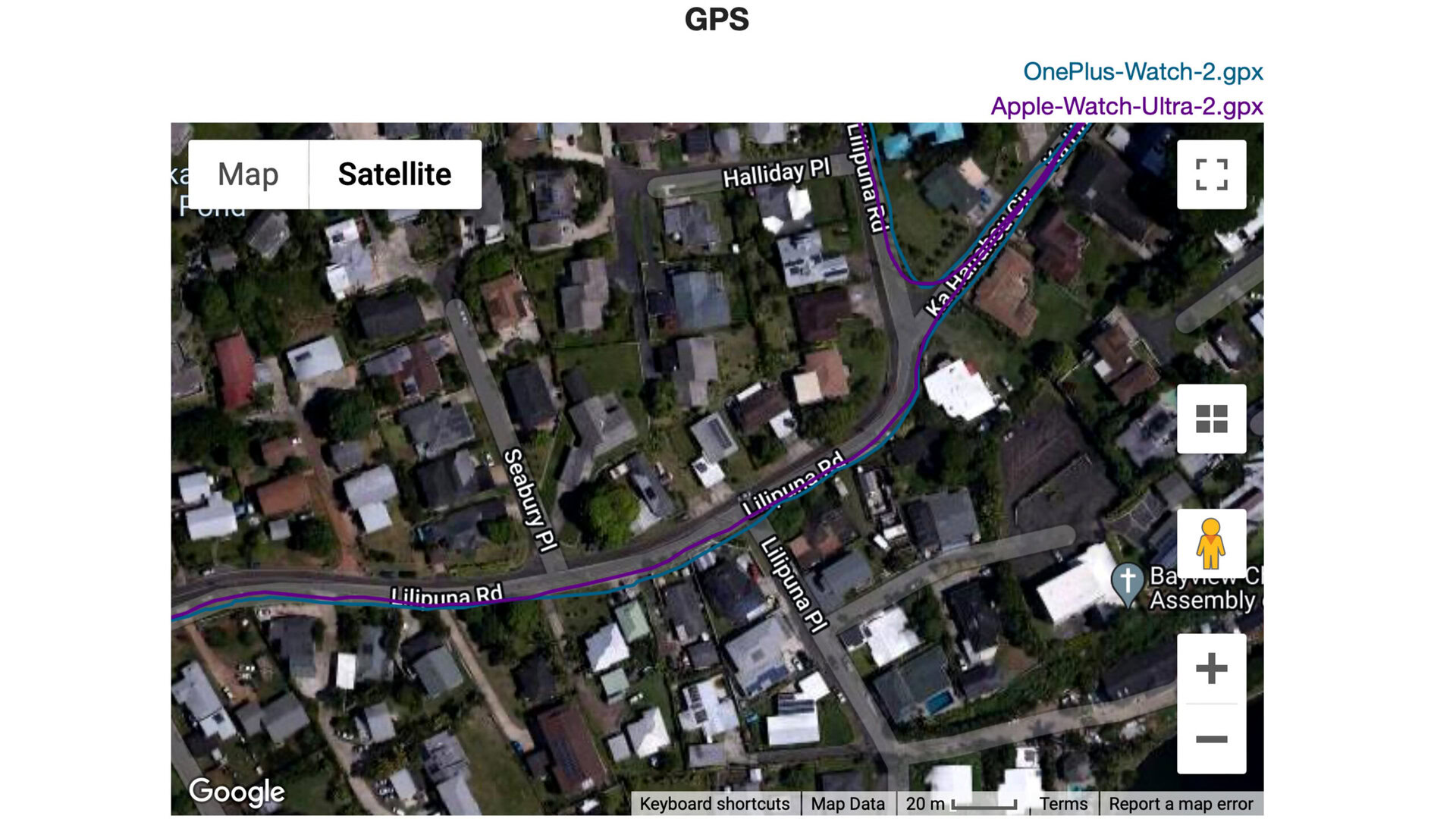
Even the dual-frequency GPS, a highlight of the device’s launch, proved finicky. After runs and walks, only a few of my total distances were within a reasonable distance of my Apple Watch Ultra 2, a device with a notably accurate sensor. As you can see on the map above, the OnePlus watch also recorded me in neighbors’ houses and yards. Other times, my route appeared on the wrong side of the road and, at stretches, recorded me running right up the middle of the road like a daredevil (which I am not). This is a disappointing result for a headlining feature.
On a related note, the Wear OS platform in general remains a tangled mess in terms of data sharing. Via Health Connect, some of my data would sync to Google Fit, but not all. From there, some of my data would sync to Strava, but again, not all. Between bugs and convolution, it’s a pain to export data from this watch. This might not be an issue for the average user, but it’s a nuisance for reviewers and serious athletes.
OnePlus Watch 2 specs
| OnePlus Watch 2 | |
|---|---|
Display | 1.43-inch AMOLED 466 x 466 resolution 60Hs flash rate Up to 1000nit brightness |
Dimensions and weight | 47.0 x 46.6 x 12.1mm 49g without band 80g with band 22mm strap |
Materials | Stainless Steel case Fluor rubber band |
Colors | Black Steel Radiant Steel |
Durability | 5ATM IP68 MIL-STD-810H |
Storage | 32GB |
RAM | 2GB |
Battery | 500mAh 100 hours in Smart Mode 48 hours in heavy use 12 days in Power Saver Mode Charge to 100% in 60 minutes |
Sensors | Accelerometer Ambient light Barometer Gyroscope Geomagnetic Optical heart rate Optical pulse oximeter |
Software | Wear OS 4 |
Connectivity | Dual-frequency L1 + L5 Bead GPS Galileo GLONASS QZSS Bluetooth Wi-Fi |
Compatibility | Android 8.0 and above GMS 23.45.32 or later No iOS support |
Should you buy the OnePlus Watch 2?
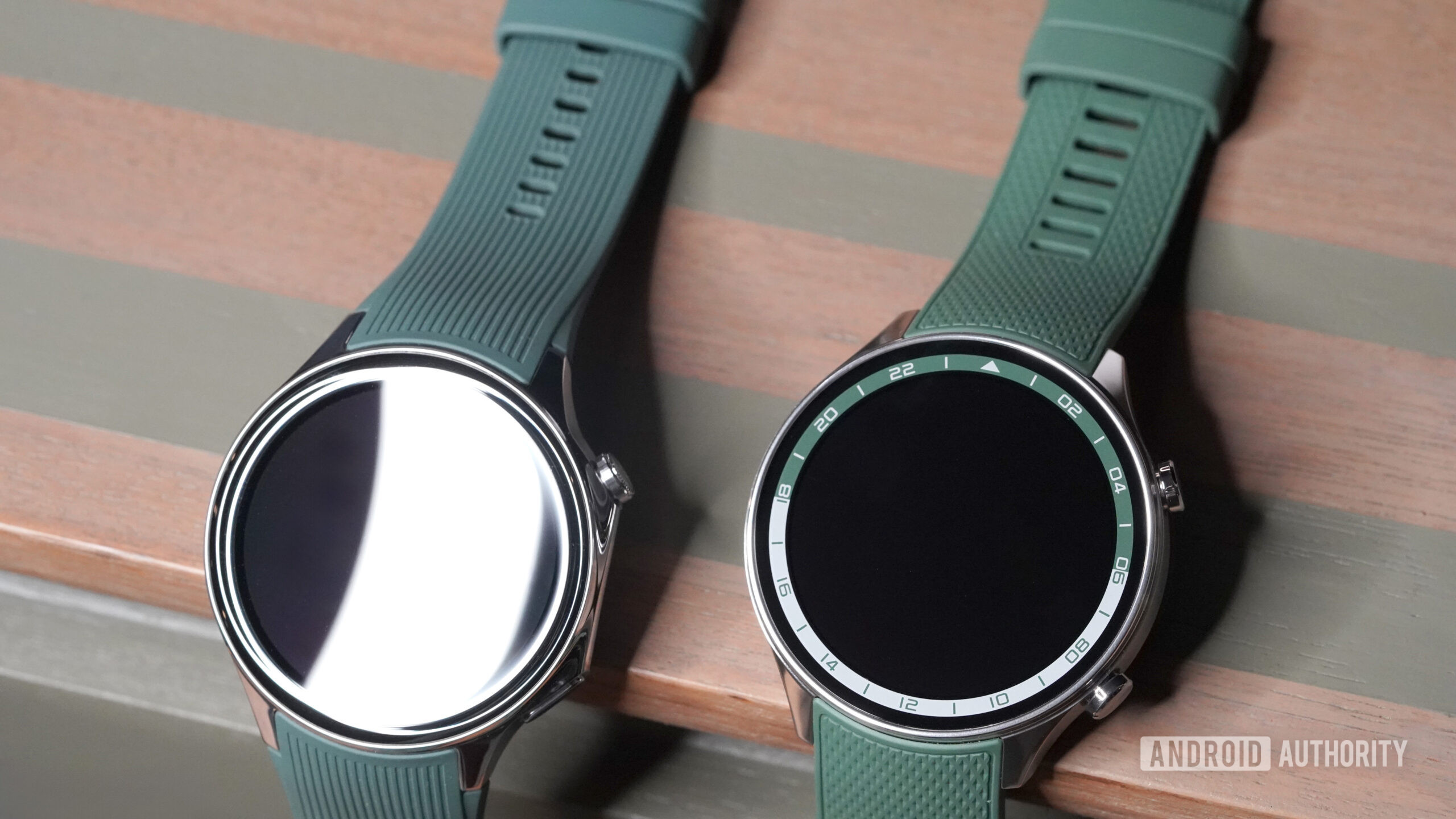
Users from the Android ecosystem typically start their shopping within the Wear OS family. The OnePlus Watch 2 earns its place there (alongside Samsung and Google) with a powerful device. It packs a great representation of Google’s toolkit and all the smart features you’ll likely need. Meanwhile, it makes a strong bid among the more established brands with fantastic battery life. Meanwhile, OnePlus also released the OnePlus Watch 2R ($229 at Amazon) a budget-friendly model offering a nearly identitcal experience on a more affordable build. This option might be worth considering if you don’t love the design of the original model.
Granted, neither watch does not yet run the absolute latest software. That honor is currently reserved for the Pixel Watch 3 ($349.99 at Amazon) and Samsung’s latest devices. It also doesn’t offer any flexibility in size, and it’s likely too big for some wrists. Anyone hoping for variety should again head Google’s lineup or to the Samsung Galaxy Watch 7 ($210.06 at Amazon) or Galaxy Watch 6 Classic ($429 at Amazon). If you’re a Samsung phone user, you should be looking that way anyway due to all the exclusive features and interoperability.
It also doesn’t offer top-of-the-line fitness tracking. Shoppers who want truly reliable GPS and heart rate data plus tons of advanced training tools should check out the Garmin Venu 3 ($449.99 at Amazon). It may be more limited on smart features, but it’s a well-rounded device overall.
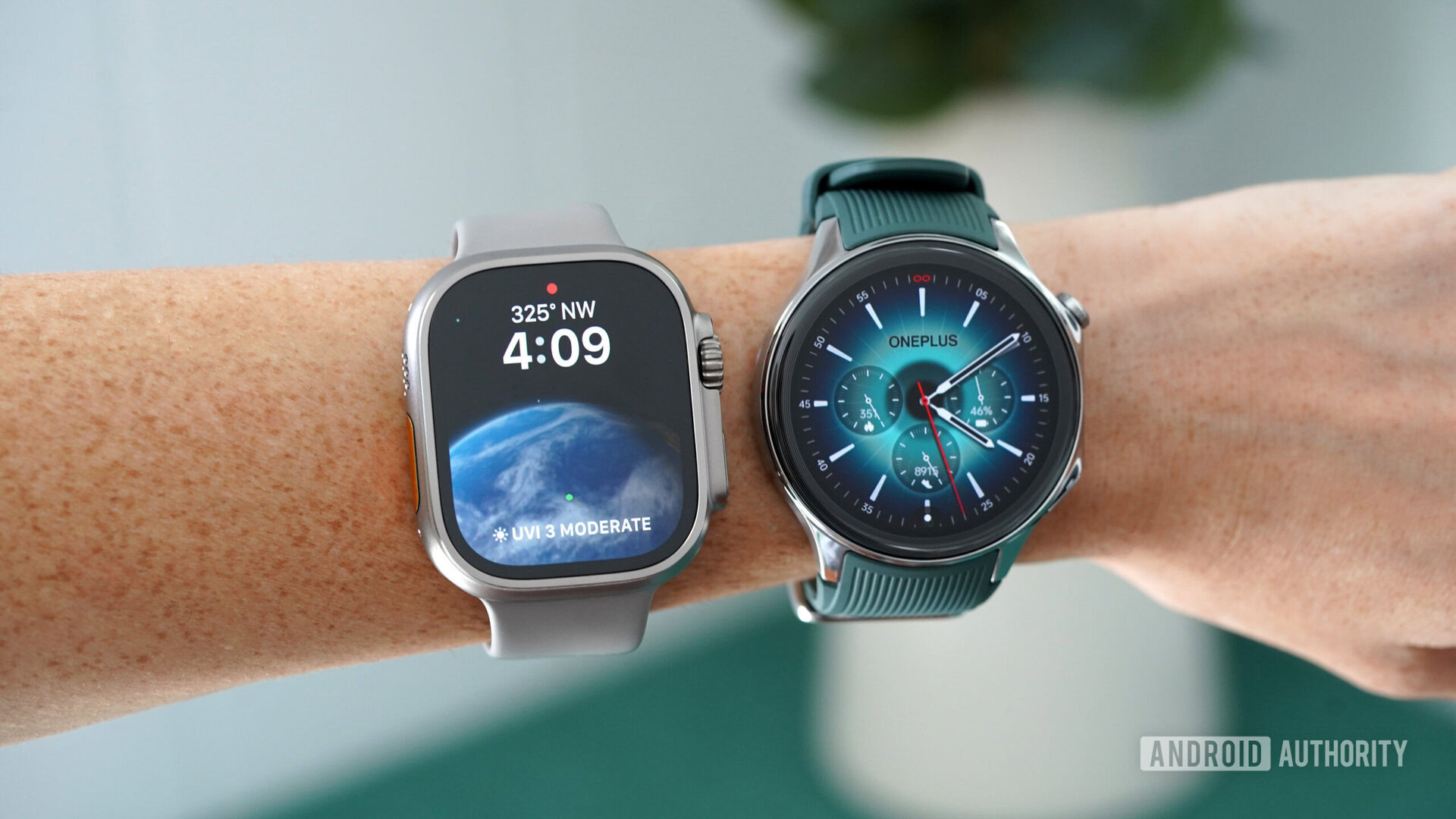
Finally, the OnePlus Watch 2 is incompatible with iOS. As usual, I recommend the Apple Watch Series 9 ($392.67 at Amazon) for most Apple phone users, or the Ultra 2 ($759.99 at eBay) if you have money to burn.

OnePlus Watch 2 review: FAQs
The OnePlus Watch 2 works with Samsung phones, but it does not work with iPhones.
The OnePlus Watch 2 features a 5ATM water resistance rating.
The OnePlus Watch 2 features an optional always-on display, however it can only be enabled in Smart mode.
Yes, the OnePlus Watch 2 has NFC support.
The OnePlus Watch 2 boasts dual-frequency GPS.
Unfortunately, the OnePlus Watch 2 is not available in an LTE variant.